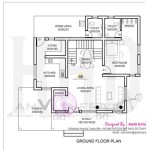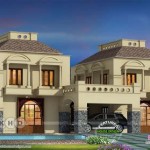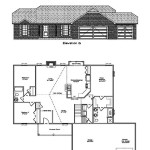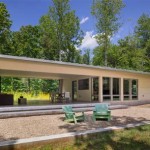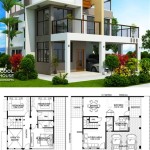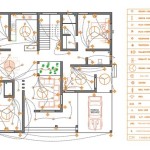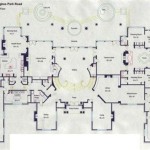Unveiling the Intricate Charm of Dutch Colonial House Plans
Dutch Colonial house plans embody a timeless architectural legacy that seamlessly blends elements from Dutch Renaissance and traditional Dutch farmhouses. These homes exude a quaint and cozy atmosphere, seamlessly harmonizing with both urban and rural settings. If you're captivated by the allure of Dutch Colonial architecture, delving into the essential aspects of these plans will empower you to design a truly remarkable abode.
Symmetrical Facade: A Defining Characteristic
Dutch Colonial house plans are renowned for their symmetrical facades, radiating a sense of balance and harmony. The central front door is typically flanked by large windows on each side, with the facade often divided into three distinct sections. The ground floor windows are generally taller than the upper floor windows, adding to the distinctive aesthetic.
Gambrel Roof: A Signature Element
The gambrel roof is an iconic feature of Dutch Colonial house plans. This roof style features two slopes on each side, with the lower slope being steeper than the upper slope. This unique design allows for ample headroom and additional space on the second floor, making it a practical and aesthetically pleasing choice.
Brick Exterior: A Classic Charm
Traditional Dutch Colonial houses were often constructed with brick exteriors. This durable and timeless material adds an air of authenticity and historic charm. The brickwork is typically laid in a Flemish bond pattern, which involves alternating rows of headers and stretchers. This pattern creates a visually appealing texture.
Casement Windows: Enhanced Ventilation and Style
Casement windows are a common feature in Dutch Colonial house plans. These windows are hinged on the sides and open outward, providing excellent ventilation and natural light. Their traditional yet elegant design complements the overall aesthetic of the home.
Interior Layout: A Focus on Comfort and Functionality
Dutch Colonial house plans prioritize comfort and functionality in their interior layouts. The main entrance typically leads into a central hall, which serves as the focal point of the home. The living room, dining room, and kitchen are often located on the first floor, while bedrooms and bathrooms are situated on the upper floors. This layout fosters a cozy and welcoming atmosphere.
Fireplaces: A Touch of Warmth and Ambiance
Fireplaces are a prevalent feature in Dutch Colonial house plans, adding warmth and ambiance to the living spaces. These fireplaces are typically constructed from brick or stone and feature intricate mantels. The glow of the fire creates a comforting and inviting atmosphere, especially during the colder months.
Veranda: An Outdoor Haven
Many Dutch Colonial house plans incorporate a veranda, which extends the living space outdoors. This sheltered porch is perfect for relaxing, entertaining guests, or simply enjoying the beauty of nature. The veranda is often supported by columns and decorated with railings, adding an extra touch of charm.
Conclusion
Dutch Colonial house plans offer a captivating blend of historic charm, functionality, and timeless elegance. Their symmetrical facades, gambrel roofs, brick exteriors, casement windows, comfortable interior layouts, fireplaces, and verandas create homes that are both visually appealing and remarkably livable. Whether you're drawn to the quaintness of traditional Dutch farmhouses or the grandeur of Dutch Renaissance architecture, Dutch Colonial house plans provide a wealth of inspiration for creating a home that exudes both character and warmth.

1900 Sears Homes And Plans Dutch Colonial Revival Modern Home No 264b164 Shed Dormer House Vintage Barn Design

Home Plan Dutch Colonial C 1923 L Bowes 12322 B House Plans Exterior

Style Spotting On Main Street Part 2 Dutch Colonial House Plans

See How A Plain Dutch Colonial Became Cool Modern Farmhouse Spaces

Dutch Colonial Stone House Gambrel Roof Design Printed Architectural Plans

Dutch Colonial House Plan 8077 Dc L Home Designing Service Ltd

62 Beautiful Vintage Home Designs Floor Plans From The 1920s Americana Dutch Colonial Homes House

William A Radford 1908 House Plans Dutch Colonial Revival Barn

What S In A Roofline Urban Omnibus

Dutch Colonial House Plan 7705 Dc Home Designing Service Ltd

